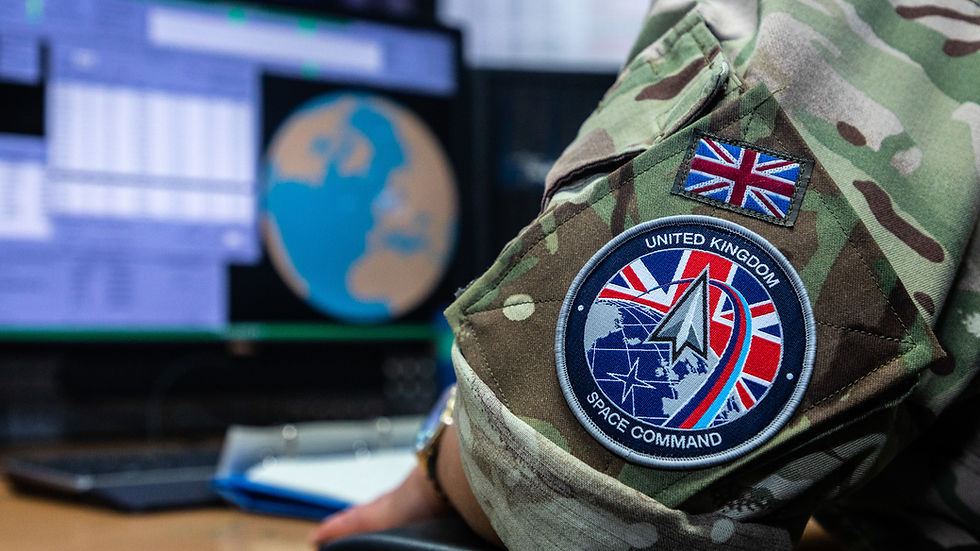By D. W. G. Kalani Tharanga, JadeTimes News

The UK military is poised to launch its first ever dedicated Earth imaging satellite, Tyche, marking a significant milestone in the nation's defense capabilities. Tyche, a compact spacecraft about the size of a washing machine, is designed to capture high resolution images, potentially identifying battlefield troop positions and vehicles with a resolution below one meter. The satellite, developed by Surrey Satellite Technology Ltd (SSTL) in Guildford, represents the UK's first wholly owned imaging capability, a crucial step in reducing reliance on allied support for surveillance and reconnaissance imagery.
A New Era in UK Military Surveillance
Tyche's journey to orbit will begin with a scheduled launch on a SpaceX Falcon rocket from California, with the satellite set to be ejected at an altitude of roughly 500km. Expected to operate for at least five years, Tyche's mission will serve as a demonstrator, laying the groundwork for a future network of British satellites equipped with diverse sensors. These future satellites could potentially see through cloud cover and even intercept radio transmissions, providing the UK military with unprecedented surveillance capabilities.
This satellite's development is rooted in the 2021 Space Command Paper and the 2022 Space Defence Strategy, which committed nearly £1 billion over a decade to the Intelligence, Surveillance, Target Acquisition, and Reconnaissance (ISTARI) program. This initiative aims to establish a sovereign constellation of military and national security satellites, equipped with advanced technologies like radar sensors capable of penetrating all weather conditions, a feature Ukraine has found invaluable in its conflict with Russia.
The Road to Becoming a Space Power
Tyche's launch is just the beginning of the UK's ambitious space defense strategy. The satellite, built on SSTL's Carbonite model, was developed rapidly and cost effectively, with a contract worth £22 million. One of Tyche's innovative features is its propulsion system, which uses superheated steam generated from water to maneuver in space. This system is expected to provide Tyche with five to seven years of operational life in orbit.
As the UK moves forward with its space ambitions, there is significant anticipation for future satellite launches under the ISTARI program. The success of Tyche is expected to bolster the UK's standing as a meaningful space power by 2030. However, this journey comes with challenges, particularly given the Ministry of Defence's track record with major projects. The ongoing review of UK defense needs and spending by the newly elected government will be crucial in determining the future of ISTARI and the nation's commitment to growing its space capabilities. The world is watching closely as the UK steps into the next era of defense technology.































Comentários